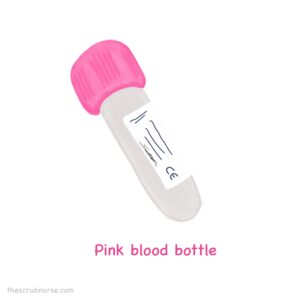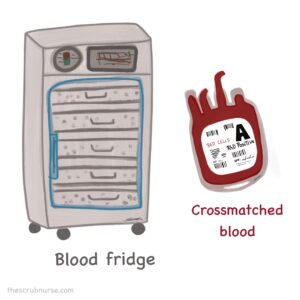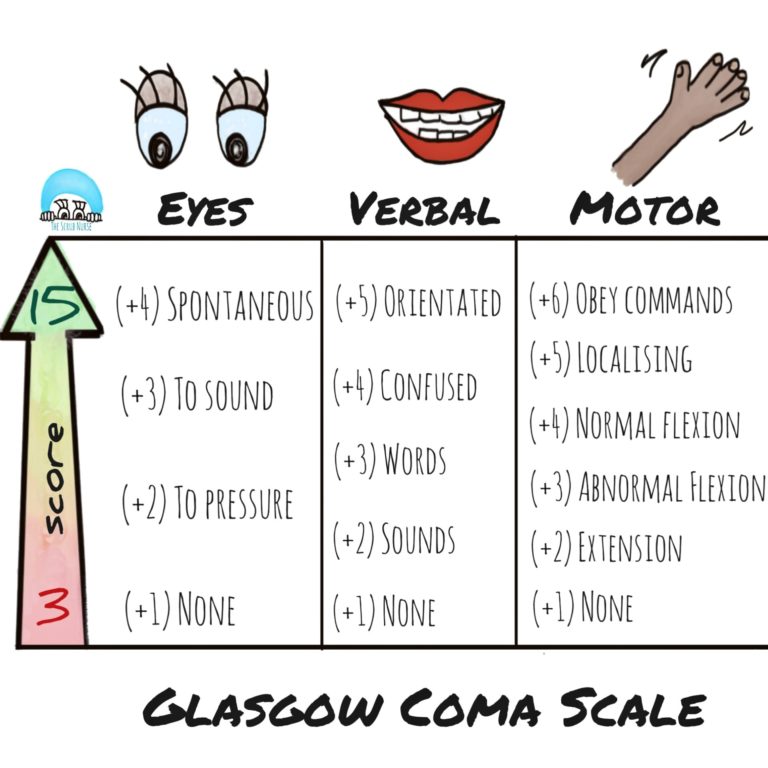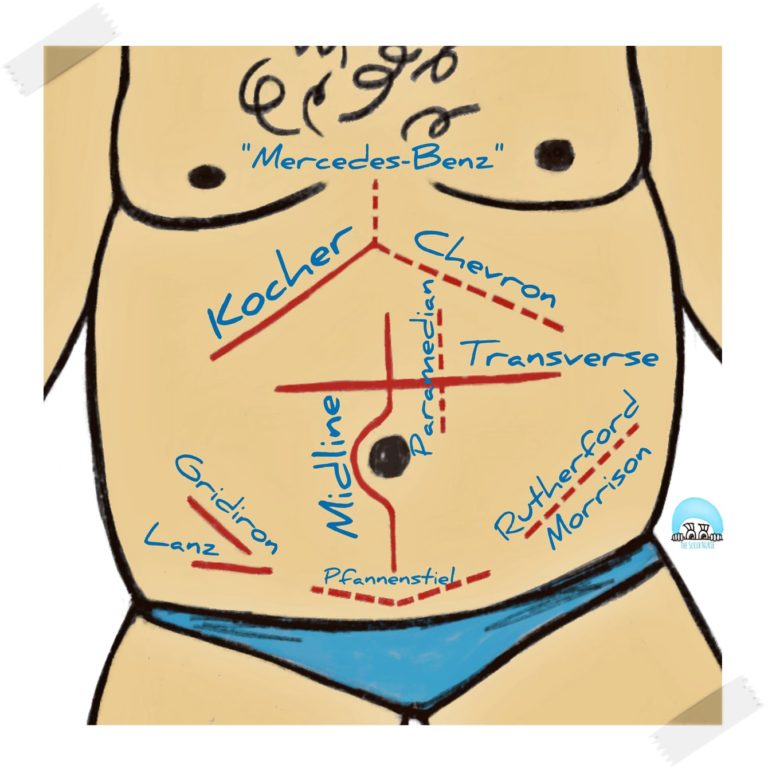Group and Save and Crossmatch are two different tests necessary to request prior to a blood transfusion.
Blood transfusions are common in clinical practice, and despite efforts to ensure safety of blood transfusion, they are associated with significant risks.
Find below the main differences between a group and save and a crossmatch.
Group and Save (G&S)
- Also known as Group and Screen or Group and Hold.
- Group and Save is the sample processing that determines the patient blood group (ABO and RhD) and screens for any atypical antibodies.
- The process takes around 40 minutes and no blood is issued.
- If patient blood have atypical red cell antibodies, the laboratory will do additional tests to identify them.
When is Group and Save required?
Group and Save is recommended if blood loss is not anticipated, but blood may be required should there be greater blood loss than expected.
Usually patients undergoing planned surgeries that may require transfusion, ideally have samples for group and save taken at preadmission clinics.

Pink blood bottle is the one used to send blood samples to the transfusion laboratory, for G&S and X-Match requests.
Crossmatch (X-match)
- A crossmatch is the final step of pretransfusion compatibility testing, to request blood from the laboratory.
- Crossmatching involves physically mixing of patient’s blood with the donor’s blood, in order to see if any immune reaction occurs
- After ensuring that donnor blood is compatible, the donor blood is issued and can be transfused to the patient.
- This process takes around 40 minutes, in addition to the 40 minutes required to G&S the blood.
- It is not possible for the laboratory to provide crossmatched blood without having processed a G&S sample first.
When is Crossmatch required?
Crossmatch is performed if blood loss is anticipated – the surgeon will usually inform about this.

References:
- http://nssg.oxford-haematology.org.uk/nhsbt/files/transfusion-lab-faq.pdf
- https://www.bbts.org.uk/downloads/transfusion_matters_5.pdf/
- https://teachmesurgery.com/perioperative/preoperative/blood-products
- https://www.nice.org.uk/guidance/ng24/resources/blood-transfusion-pdf-1837331897029
- https://www.transfusionguidelines.org/transfusion-handbook/2-basics-of-blood-groups-and-antibodies/2-7-compatibility-procedures-in-the-hospital-transfusion-laboratory
- https://onlinelibrary.wiley.com/doi/pdf/10.1111/j.1751-2824.2008.00198.x
- https://laboratoryinfo.com/cross-matching/
- https://geekymedics.com/blood-bottles-guide/


